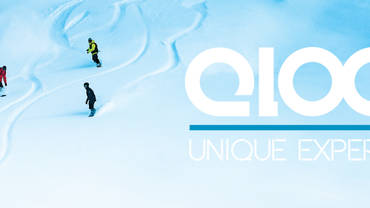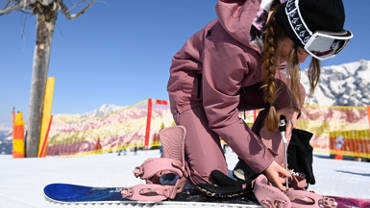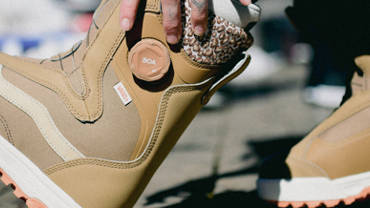We all know this feeling when you get up in the morning, look out of the window and there has been 30-40 cm of fresh snow overnight. You pack up your freeride equipment, take a close look at the avalanche report, go to the nearest cable car, take the lift up to the mountain and then stand on top of an untracked, completely virgin descent. 3, 2, 1, drop-in!
The turns in waist-high powder are pretty much the most beautiful thing for us freeriders. But at the same time, there is the alpine winter, where conditions can change constantly. Descents that are "safe" one day can be interspersed with drifting snow a few days later. Fresh snow and wind change the avalanche situation. Everyone who is out in the backcountry should be aware of this.
Dangers can be everywhere in the mountains that many people are not even aware of. Unfortunately, you often meet people in the backcountry who are not carrying a backpack with emergency equipment, including an avalanche transceiver (beacon). Suppose you ask them about their emergency equipment. In that case, they usually react calmly and reply: "It's only level 2, nothing can happen" or "I've ridden this descent (35° incline) countless times and nothing has ever happened". But what happens if an avalanche really gets triggered and there is a burial? How are possible buried victims searched for, located and then shovelled out?
Why this initiative?
Every year, 90-110 people die in an avalanche in the Alpine region. Each one of them is one too many. Therefore, as a retailer with a passion for winter sports, we see it as our responsibility to make the relevant knowledge and experience available to you.
Nowadays, more and more people are touring and riding in the backcountry without much knowledge or an experienced guide. This leads to an increasing number of tragic accidents. It is not uncommon for such accidents to happen because people just glance at the avalanche bulletin, or avalanche danger levels are sometimes even completely ignored. It is also possible that the know-how for emergency equipment is incomplete or that the freeriders simply follow tracks, even though they lead into very steep terrain and may already be several days old.
One possible trigger for such behaviour could be social media postings or video parts by experienced freeriders. On their channels, they spread the joy of fresh, untracked powder and everything looks so easy. People then want to post such images of themselves on social media, which motivates other people to take their riding to the next level and ride something even steeper or more exposed. Freeriders post a lot, which only shows a short moment, but simultaneously hides all the preparatory work invested for this one shot. For example, many snowboarders and freeskiers try to emulate the pros, who are on the Freeride World Tour and often overlook any danger. Every professional athlete has undoubtedly been in the situation a few times that they decided at the top of a face before the drop-in to not ride it because the conditions or the gut feeling did not fit. Such situations are usually not shown or posted, and therefore such decisions do not reach their followers.
With ABS and the risk'n'fun (an education programme from the Alpine Youth Club), we want to create more understanding for backcountry safety and show how much preparation is behind a photo of a beautiful freeride line. You shouldn't just go for it, just because others have already ridden this line and the snow is fluffy.
How do ABS, risk'n'fun and Blue Tomato deal with the topic of avalanche safety?
Manuela Mandl - ABS athlete
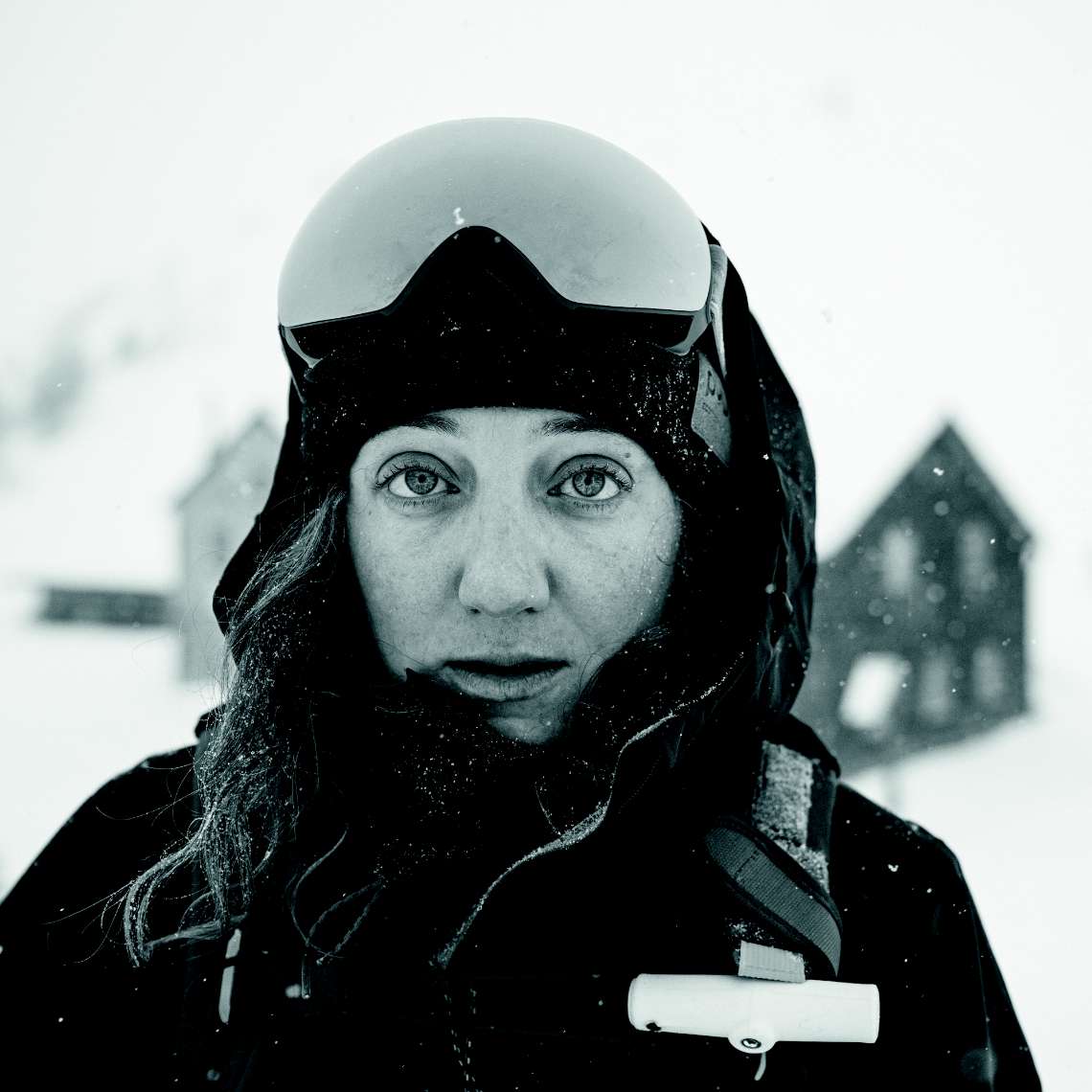


We professional freeriders have a unique role because our sport, freeriding, looks so awesome. And it also feels amazing. We produce stunning pictures and make our lines look so simple and playful. Just like you don't see the mosquitoes in a photo from the Caribbean, you don't know how much conscientious planning, training and years of experience come together when shooting powder turns and cliff drops. You always have to stay focused on the mountain, pay attention to every detail, have the right equipment, and stick to your routines - even on the best powder days.
Manuela Mandl (FWT winner & ABS athlete)
Joch Hermann - ABS
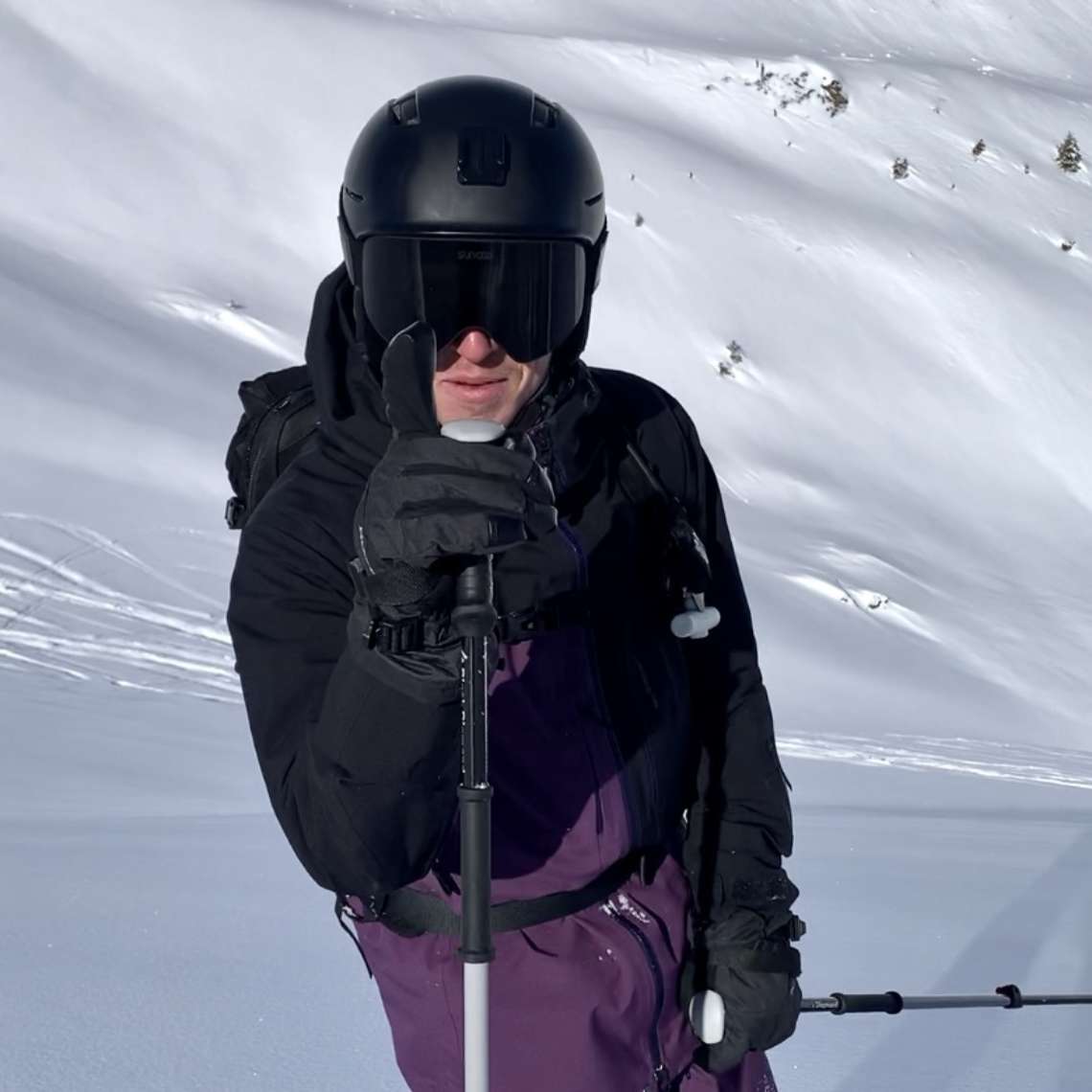
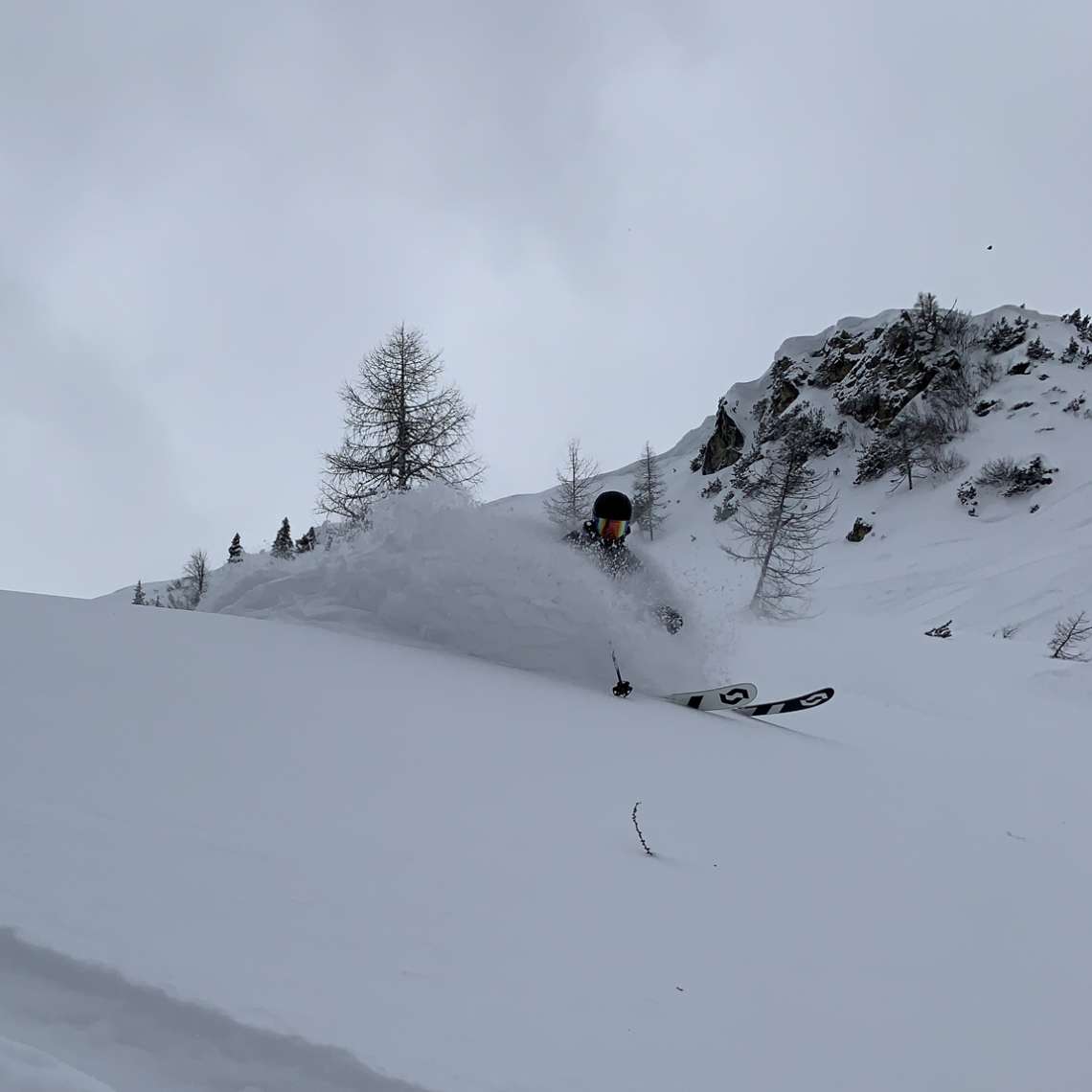

MAXIMUM PREPARATION FOR MAXIMUM FUN ON THE MOUNTAIN - THIS IS MY MOTTO IN THE BACKCOUNTRY. HEALTHY RISK MANAGEMENT DOES NOT HAVE TO EXCLUDE FUN ON THE MOUNTAIN!
Joch Hermann (ABS employee)
Nico Hartmann - Blue Tomato
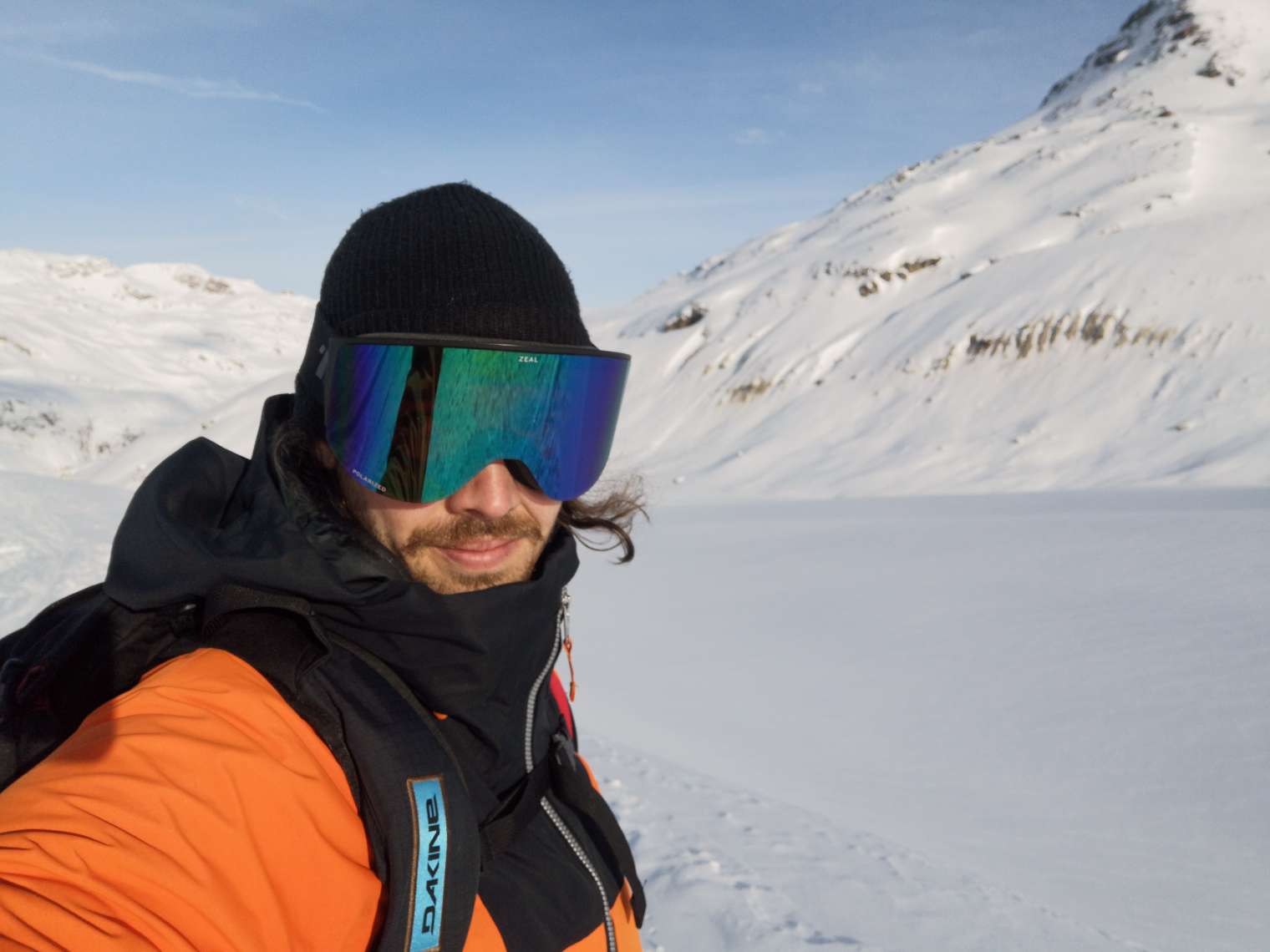
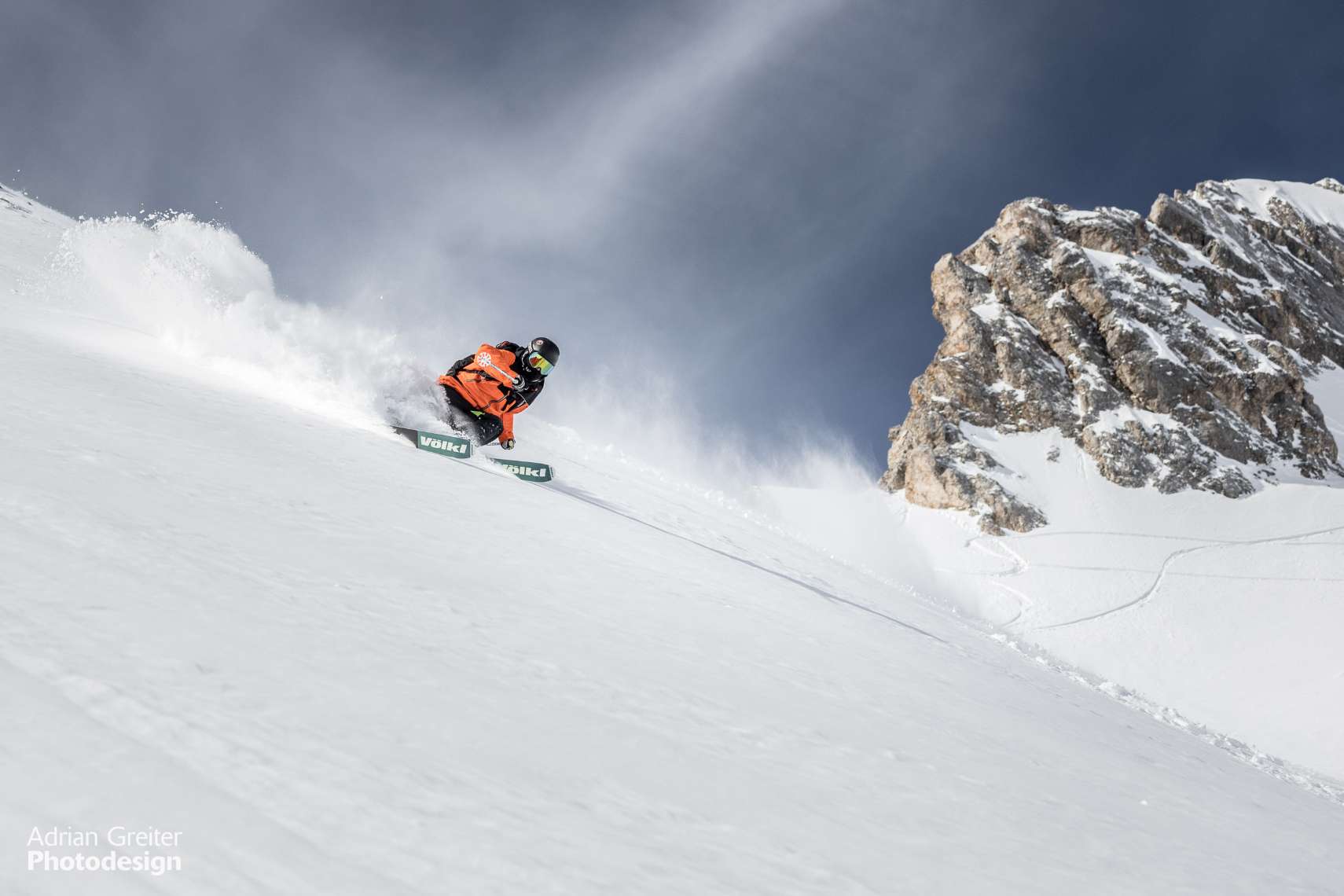
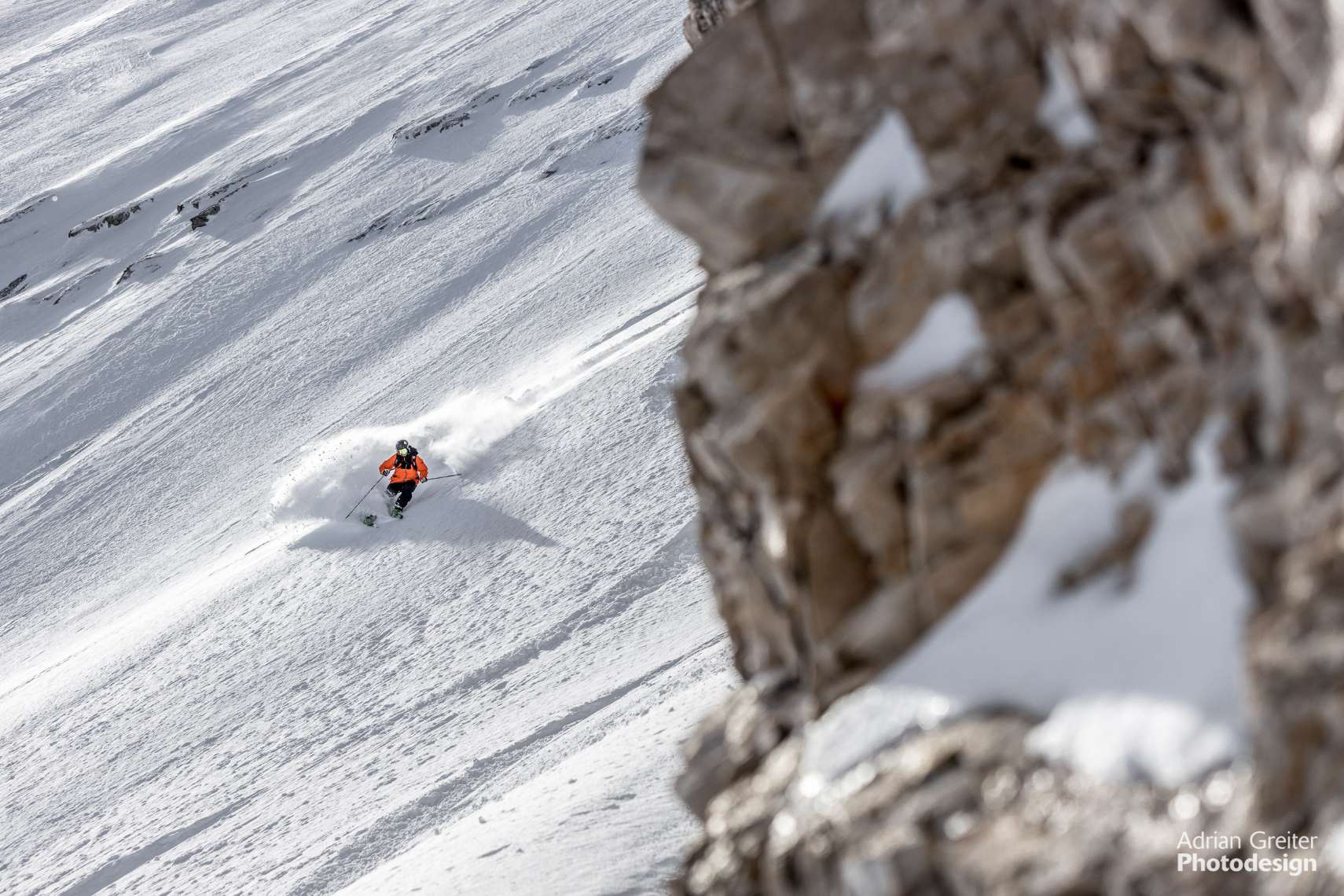
What keeps me fascinated about freeriding is that you can ski down wherever you want. If you combine a plan with wide touring skis, climbing skins and experience, you can reach any face of the mountain. When I go freeriding, I must be on the mountain with people I can rely on in an emergency. Unfortunately, even with the most careful planning, things can always go wrong, and then every second counts. To avoid such situations in the first place, it is vital to assess the avalanche situation and, if necessary, change plans or even cancel them entirely. Safety First!
Nico Hartmann (Blue Tomato employee)
Ursl Wohlschlager - risk'n'fun team


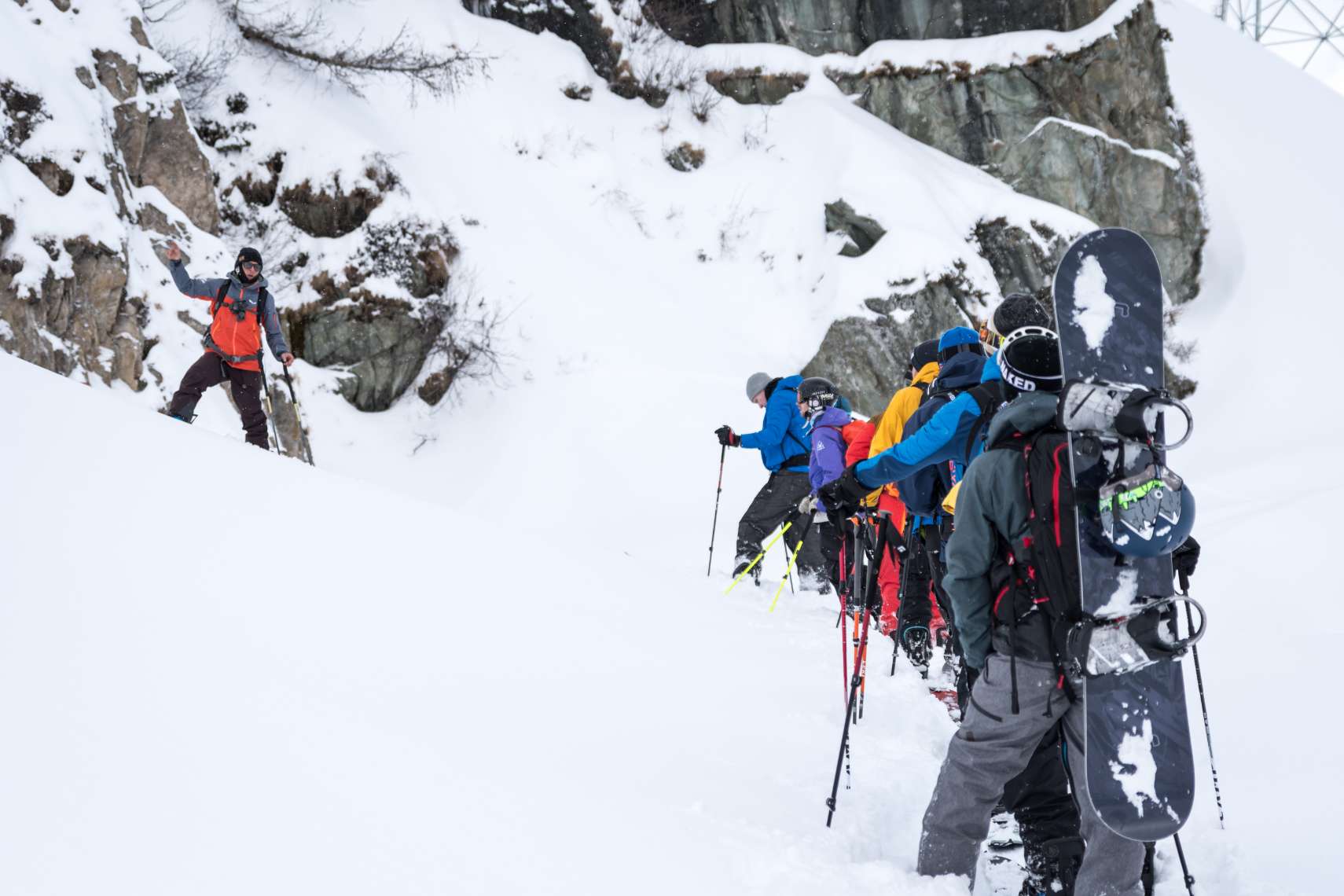
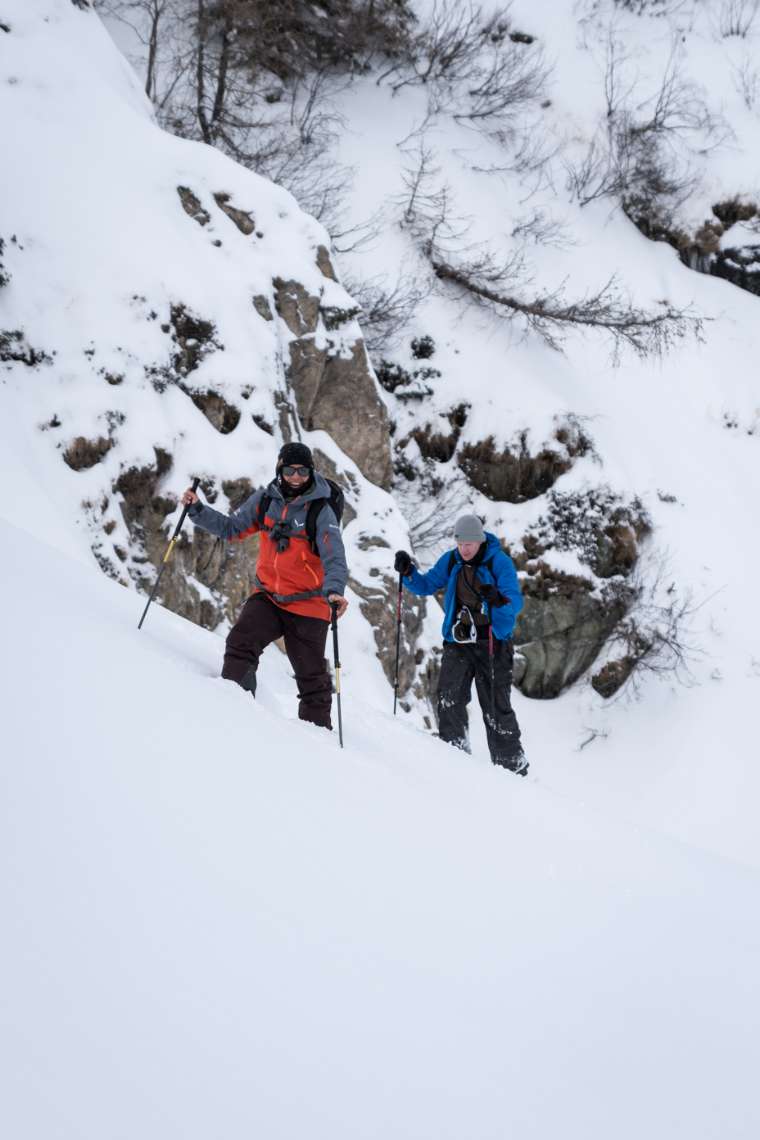
At risk'n'fun, we teach all skiers and snowboarders the skills to make the right decisions in the backcountry. Responsibility is always essential. Responsibility for oneself, the responsibility for the group, and responsibility towards the mountain world in which we are moving. With grounded and practical training, we can improve and expand the skills of each of the freeriders. At the same time, our mission is to improve everyone’s self-confidence and decision making because the human factor and the complex topic of group dynamics play a decisive role in freeriding.
Ursl Wohlschlager (Snowboard guide risk'n'fun Team)
Refresh your avalanche know-how
So that we don't just write down empty words here, risk'n'fun (a programme of the Austrian Alpine Club) has provided us with the following instructional videos in cooperation with the Alpine Club initiative "SicherAmBerg" (engl. "Safe on the Mountain"). They serve as a refresher for your know-how but are no substitute for a several-days-course in the field. If your last course was some time ago or you have never attended such a course, we can only recommend a course at risk'n'fun. We at Blue Tomato attend a course every year and always learn something new. The better you can assess a situation or the avalanche risk, the more likely you are to be on the safe side and make the right decision in the crucial moments.
The following videos take you into the winter mountains. Watch the videos and use your free time to reacquaint yourself with your emergency equipment.
Avalanche emergency – what to do
Worst-case scenario avalanche: How does the search for buried victims proceed step by step? How do you handle the emergency equipment (avalanche transceiver, shovel, probe)? How do you find buried victims quickly in the avalanche cone so that you can rescue them as fast as possible?
Learning this procedure and repeating it over and over again is essential. Because only if you really know the procedure can you recall it in a critical situation and thus keep a cool head.
"It is essential to learn and regularly repeat this procedure. We have to be aware that an avalanche accident is always an enormous stress situation! Only when I have internalised the scheme am I able to react appropriately to the situation, improvise correctly and save lives. Time is life," says Michael Larcher, head of the Alpine Club's mountain sports department.
How to beacon check
Checking the avalanche transceiver (beacon), the so-called "beacon check", is an essential and easy standard measure that we recommend at the beginning of every freeride or tour day. At the starting point, at the mountain station or in front of the hut. The "small beacon check" checks the transmission function, the "big beacon check" also checks the search function.
How to probe correctly
Time is life! The point search through an avalanche probe plays a decisive role in avalanche rescue. It provides information about the position and exact burial depth and, at the same time, forms an umbilical cord to the buried person. That is why the probe never should get removed after a hit! In this video tutorial, you can learn how to probe and what you have to pay attention to.
How to: shovel correctly
The longest and most exhausting part of the avalanche rescue is to shovel the buried person out. You can make up a lot of time, but you can also lose a lot of time. The more shovelers, the better! But only if each member of your crew knows what to do. It depends on the proper technique and the right strategy. Check it out!




